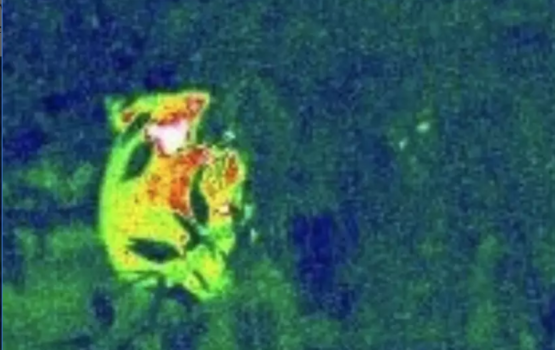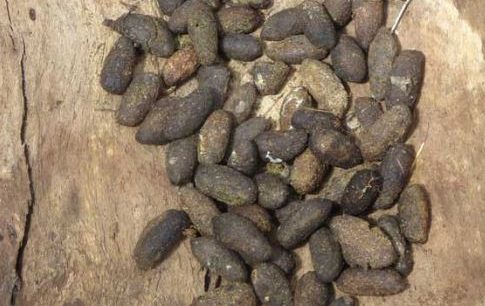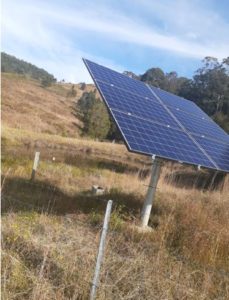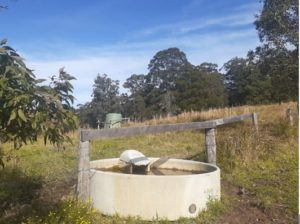Koala Population Monitoring:
Benchmarking our baseline koala population will be critical to understanding the impacts of our rewilding, koala health and watering projects on koala prevalence and foraging patterns. Baseline population assessments are being undertaken as follows:
Audio recorder array surveys 2023 – In partnership with Mid Coast Council and the Department of Primary Industries we will set up an array of 25-30 audio recorders to capture the dulcet sound of male koala breeding bellows and yellow-bellied glider mating calls (both attached below). The array of multiple recorders will facilitate an assessment of population and foraging patterns across our properties. It is intended to repeat surveys on an annual basis to assess the population of both species over time. Funding provided by WIRES.
Drone based thermal imagining surveys 2023/24 – In partnership with the University of Newcastle we plan to undertake two drone based thermal imagining surveys in order to directly and comprehensively assess koala and glider (yellow bellied, squirrel and greater gliders) populations on private property. Follow-up field teams will be sent in to spotlight each koala identified so as to assess its health (based on appearance), sex, identifying characteristics, foraging tree species as well as collecting scats for chlamydia testing (Sunshine Coast University). Funding pending outcome of a Grant application.
Spotlighting and landowner sightings register – A register of all landowner sightings of koalas and gliders is being maintained across the Project. This, along with regular spotlighting nights will supplement and support the other population benchmarking surveys.


Koala Health Monitoring
Chalymdia Testing
In partnership with the Sydney University local landowners have been collecting scats to assess the prevalence of chlamydia in our Bunyah Koalas. Unfortunately, most koalas that survive this disease are rendered as sterile. This study is to assess the proportion of the remaining population at Bunyah that is reproductively compromised. This information will inform future vaccine trials as well koala management plans for the area.



Wildlife Drinkers
Farming for Conservation
Our properties exhibit an undulating terrain rising to steep mostly timbered ridgelines The steeper areas are poorly watered which impacts both wildlife and livestock foraging patterns. To better utilize these otherwise fertile areas we propose to construct an integrated stock and wildlife watering system. Solar pumps will elevate water to header tanks on the ridgelines which will then gravity feed both arboreal wildlife troughs as well as traditional livestock troughs. This integrated system should result increased foraging by both wildlife and livestock. Its effectiveness over time will be measured by the koala population monitoring programs described above.

Rewilding Our Creeklines
Koala Feed and habitat trees
Most of our creek lines were cleared of vegetation around 80 years ago. Small remnant areas remind us of what has been lost. These areas feature mature turpentine, blue gum, brushbox, tallow wood, grey gums and cabbage gum as well as rainforest species such as lilly pillys, sandpaper figs, native olives and native frangipani. We have been collecting local endemic seed from these and have now began the process of rewilding these areas via a combination of stockproof fencing, plantings and direct seeding trials.
This process has only just commenced, and we will keep you updated on progress.